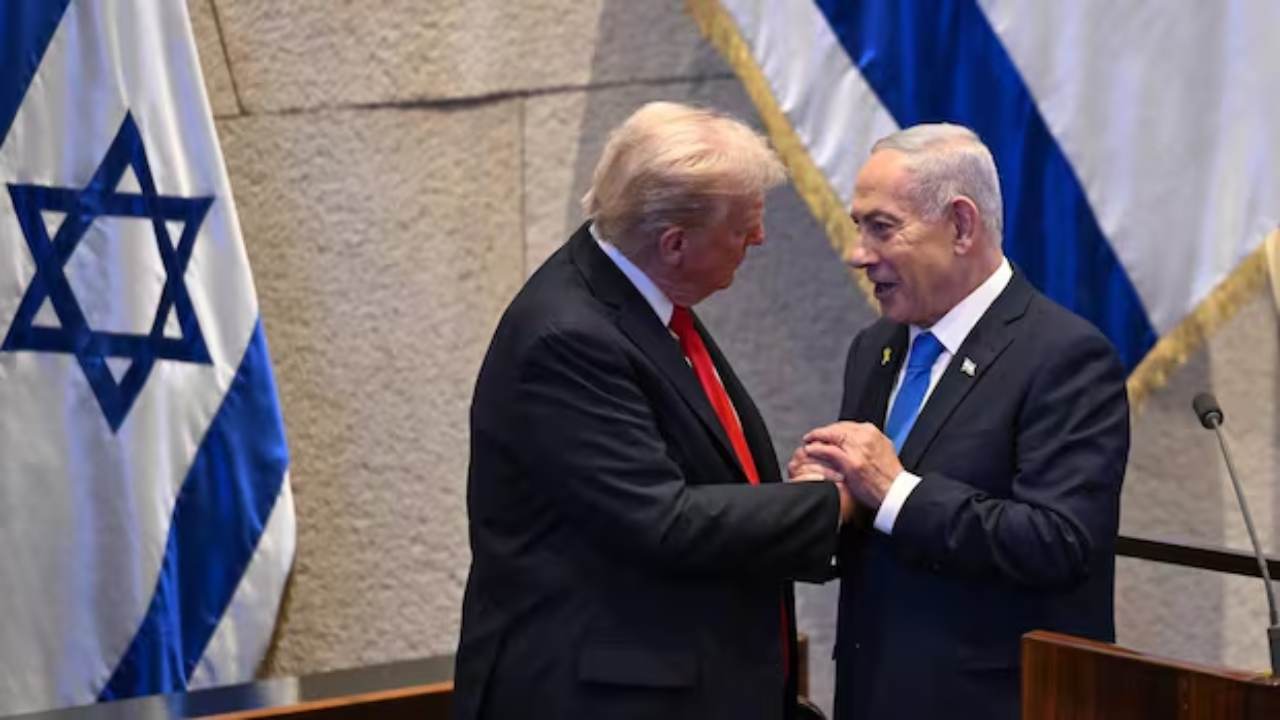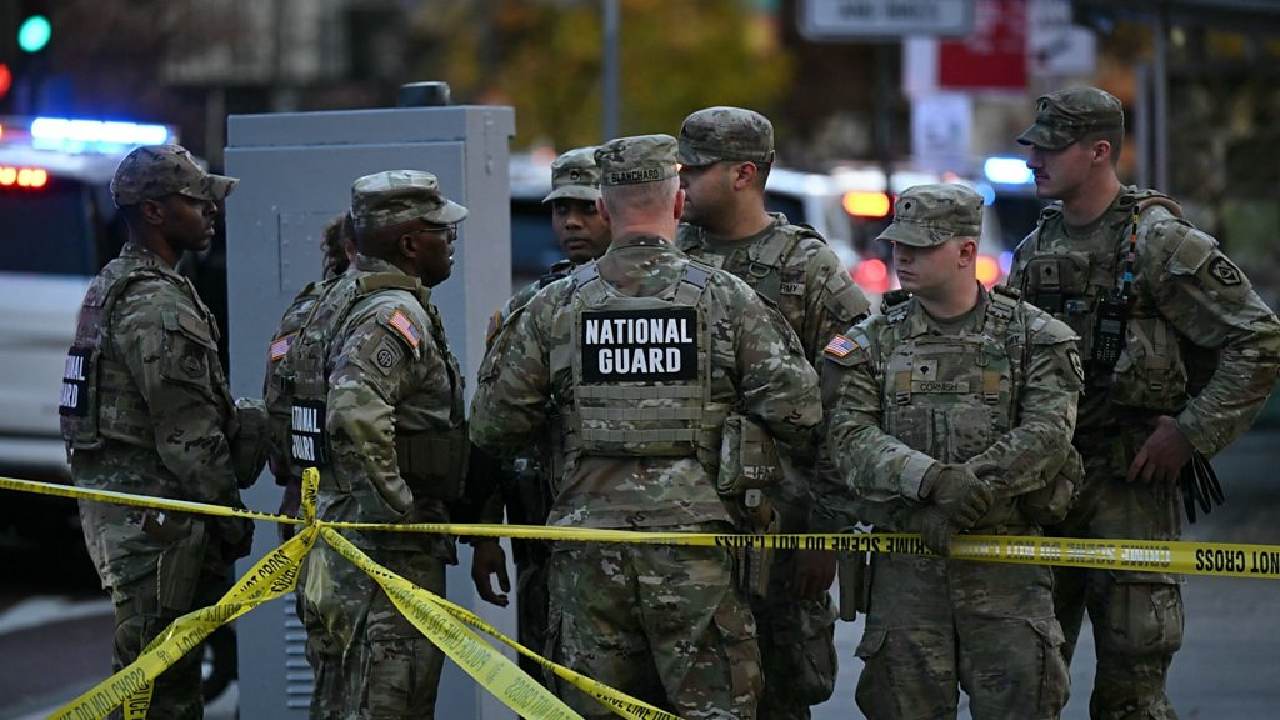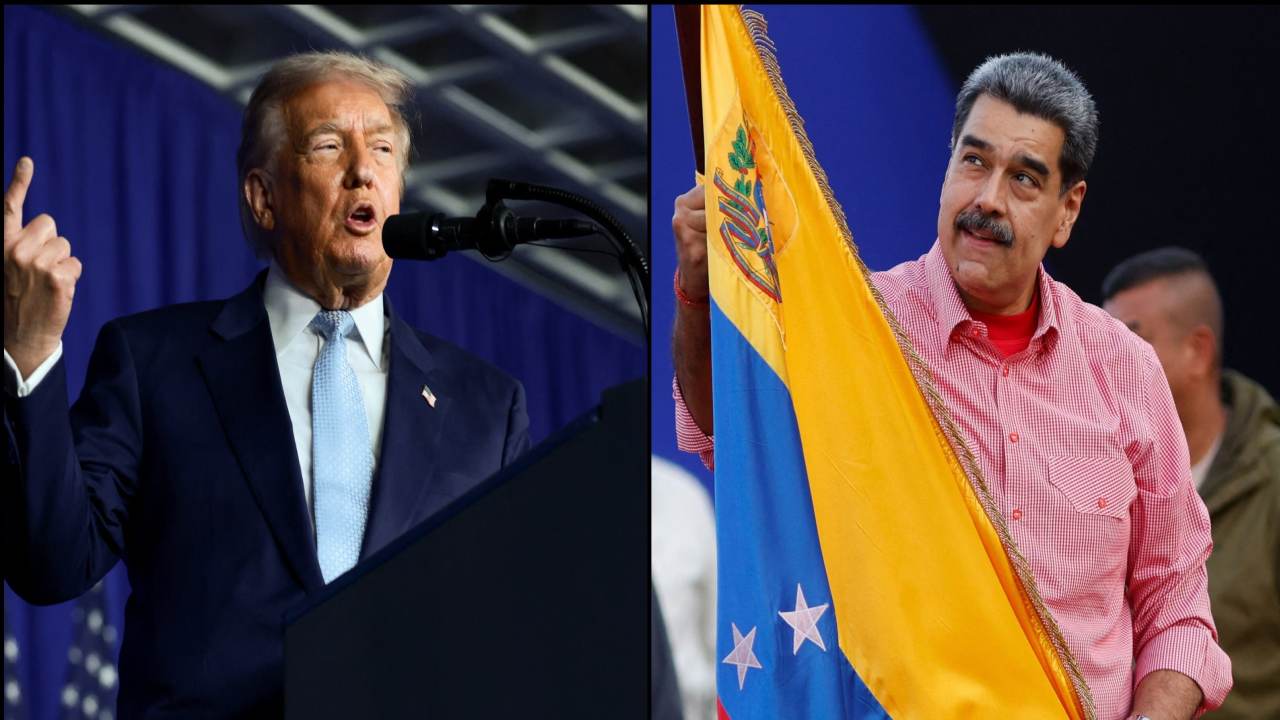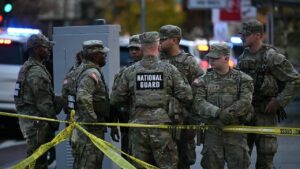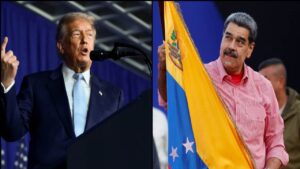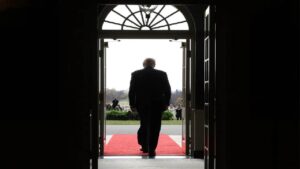Trump Declares End to Gaza War During Historic Visit to Israel
Ohana Magazine – On October 13, 2025, U.S. President Donald Trump touched down in Tel Aviv with a powerful mission: to declare the end of the war in Gaza. Greeted by a full military welcome, his arrival was far more than ceremonial it marked a major political turning point. Describing the moment as the start of a “new era of peace,” Trump quickly made his way to Jerusalem. Once inside the Knesset, he confirmed to reporters, “The war is over.” For both supporters and skeptics, it was a moment loaded with implications.
From Hostage Release to Ceasefire Breakthrough
The visit came hours after a historic hostage release. Hamas freed several Israeli captives who had been held for more than two years. In return, Israel agreed to release nearly 2,000 Palestinian detainees. This exchange was part of a larger ceasefire framework brokered by the U.S. Understandably, the families of those involved expressed relief, but the public response went further hope began to spread. When Trump was asked directly if the conflict had truly ended, his response was simple: “Yes.” That clarity was rare, and deeply impactful in a region long plagued by ambiguity.
“Read More : Haaland’s Historic Night: Hat‑Trick Leads Norway to 5‑0 Over Israel”
A Bold Message to the Knesset
At the Knesset, Trump delivered a speech that many described as one of his most statesmanlike. He acknowledged the pain of recent years, calling it a “long and painful nightmare.” Importantly, he framed the U.S. commitment to Israel as unwavering, stating: “Never forget, and never again.” Alongside his support, however, he issued a strong call for peace. According to Trump, Israel had already achieved all it could “by force of arms.” Now was the time to pursue prosperity and stability. His tone struck a balance firm, yet forward-looking.
Calling for Rebuilding Gaza and Regional Stability
Rather than dwelling on past victories, Trump turned attention toward the future of Gaza. He urged a renewed focus on rebuilding efforts calling for “stability, safety, dignity, and economic development” for Gazans. Furthermore, he committed U.S. support in these efforts, emphasizing that real peace includes economic opportunity. As someone who has reported from conflict zones, I found this shift in tone refreshing. He was not framing Gazans as the defeated, but as potential partners in peace. This change in narrative could help reframe future international policy in the region.
A Regional Peace Vision Including Iran
In what was perhaps the boldest moment of his address, Trump extended a diplomatic hand to Iran. Speaking in Jerusalem, he said, “The hand of friendship is open, even to Iran.” It was a surprising gesture, especially considering Iran’s long-standing support for Hamas. Nonetheless, it demonstrated Trump’s signature style combining unpredictability with strategic intent. While this approach may seem risky, it also opens the door to dialogue that could shift regional dynamics. If Iran responds positively, the implications could be enormous for long-term stability.
“Read More : Vibe Analytics: How Fabi Is Transforming Business Intelligence for Everyone”
Honoring Allies and Middle East Envoys
Trump also made a point to recognize the many contributors to the peace effort. He praised Israeli Prime Minister Benjamin Netanyahu, the Israeli military, and several Arab nations that played a role in facilitating the ceasefire. Moreover, he acknowledged key members of his own team including Middle East envoy Steve Witkoff, Secretary of State Marco Rubio, Jared Kushner, and Pete Hegseth. These acknowledgments weren’t just ceremonial. They served to remind the public that diplomacy is a team effort, and that peace is never achieved by one person alone.
